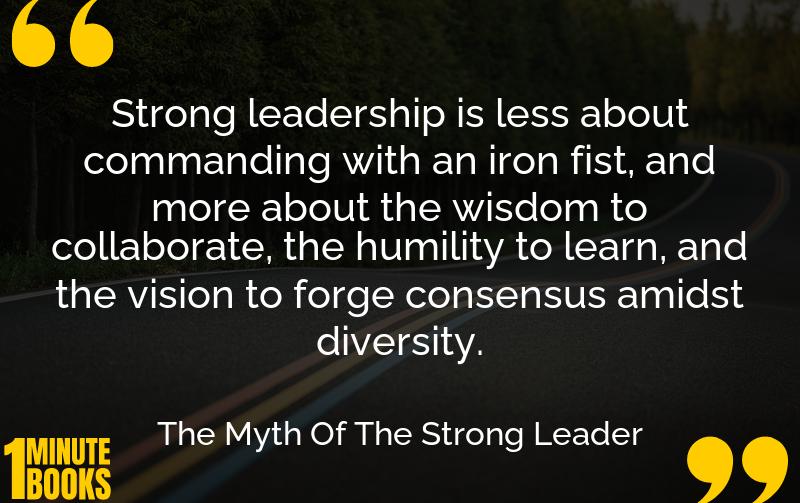
This book challenges the idea that charismatic leaders are ideal for democracies. It analyzes the rise of powerful figures, examining media influence on leadership perceptions. Brown advocates for humility, collaboration, and inclusive governance.
Main Lessons
- Charismatic leaders often overshadow democratic processes, leading to distorted perceptions of leadership.
- The media tends to glorify decisive leaders while downplaying collective governance.
- True leadership involves humility, listening, and valuing diverse perspectives.
- Success in democratic leadership is anchored in collaboration and consensus-building.
- Foreign policy allows leaders more flexibility, sometimes leading to unchecked decisions.
- A leader’s rise is often catalyzed by societal crises and demands for rapid solutions.
- Historical periods of change often give way to strong leaders, impacting democratic integrity.
- The allure of strong figures during uncertainty can result in precarious political outcomes.
- Successful leaders recognize their knowledge limits and rely on expert advice.
- Effective leadership marries strength with modest restraint to ensure collective well-being.








